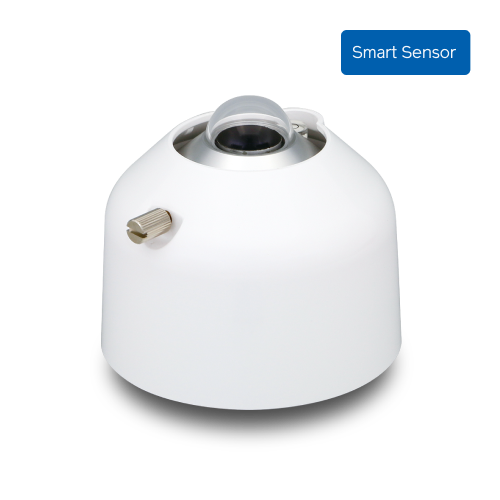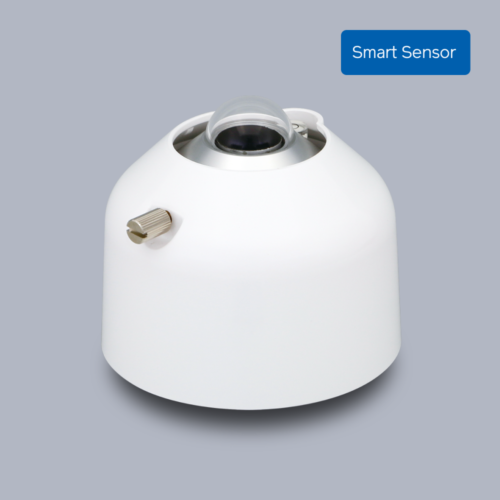Pyranometer
MS-40S

ISO 9060:2018 Class C
The S-Series ISO 9060:2018 MS-40S Class C Pyranometer is a cost-efficient part of the most accurate, reliable and robust family of pyranometers in the world, and the class-leading solution for system integrators, agrometeorological networks, and professional small-scale PV sites.

Pyranometer
The S-Series MS-40S ISO 9060:2018 Class C pyranometer is a cost-efficient part of the most accurate, reliable and robust family of pyranometers in the world, and the class-leading solution for system integrators, agrometeorological networks, and professional small-scale PV sites.
Built with the same unique S-Series features as the Class A MS-80S and Class B MS-60S, the MS-40S comes with EKO’s 3-channel smart interface for compatibility with 99% of data loggers, DAQ, and SCADA systems, plus internal diagnostic sensors for remote visibility over internal temperature, humidity, tilt and roll angle; ensuring optimum performance with reduced maintenance costs.
With Level A EMI/EMC electronic surge filter and protection, 5-year warranty, lifetime desiccant, and ISO 17025 accredited calibration, the MS-40S is the toughest, most reliable, and advanced Class C pyranometer available.
Key Features:
- 5-year warranty & recommended 2-year recalibration interval
- Smart 4-channel Analogue & Digital Interface
- Level A EMI/EMC electronics surge filter & protection
- Internal Diagnostics for temperature, tilt, roll, and humidity
Resources
Software
Accessories
Frequently Paired Together
| ISO 9060:2018 | Class C |
|---|---|
| Response time 95% | < 18 Sec |
| Zero offset A – Thermal Radiation (200W/m²) | ± 12W/m² |
| Zero offset B – Temperature change (5K/hr) | ± 5W/m² |
| Zero offset C – Total zero off-set | ± 17 W/m² |
| Non-stability (change/year) | ± 1.5% |
| Non-linearity (100 to 1000W/m²) | ± 1% |
| Directional Response (at 1000W/m² | 0 to 80°) | ± 20W/m² |
| Spectral Error | ± 0.2% |
| Temperature response (-20°C to 50°C) | ± 4 % |
| Temperature response (-10°C to 40°C) | ±3% |
| Tilt Response (0-90° | 1000W/m²) | ± 1% |
| Additional Signal Processing Error | ± 1.5W/m² |
| Technical Features : | |
| Wavelength Range | 285 – 3000 nm |
| Irradiance range (W/m²) | 0 to 2000 |
| Signal Output | Modbus 485 RTU / 4-20mA / 0-1V |
| Sensor Diagnostic | Internal Humidity Status, Temp. ± 0.1%, Tilt Angle ± 1° |
| Supply voltage | 5 to 30 VDC |
| Power Consumption | <0.2W (Digital), <0.7W(Analog) |
| Ingress protection | IP67 |
| Calibration traceability / uncertainty | ISO 17025 / WRR / < 0.7% (k = 1.96) |
| Standard Cable Length | 10m (Optional lengths 20m, 30m, 50m) |
| IEC 61724-1:2021 | IEC Class C |

